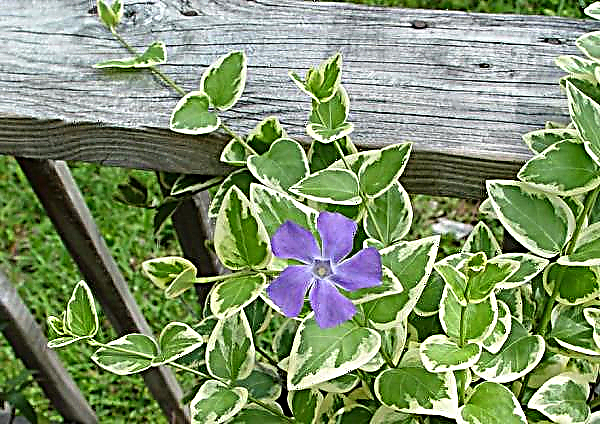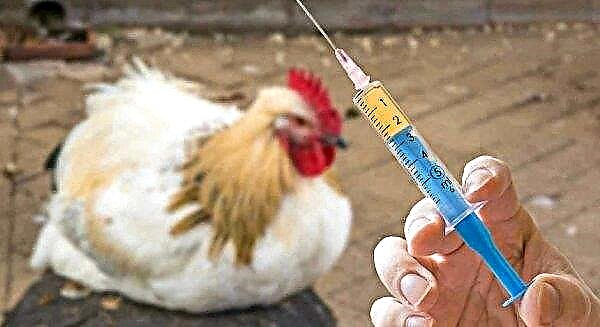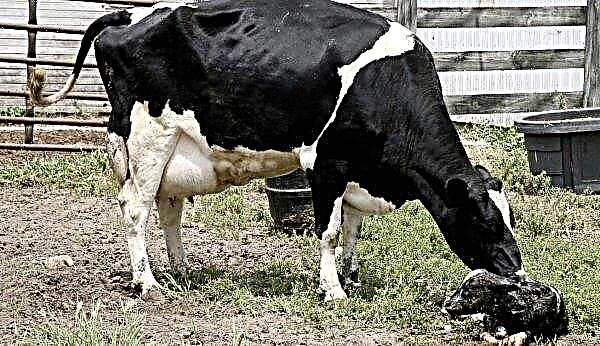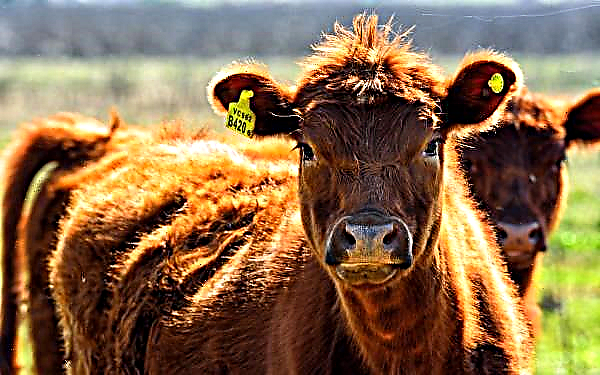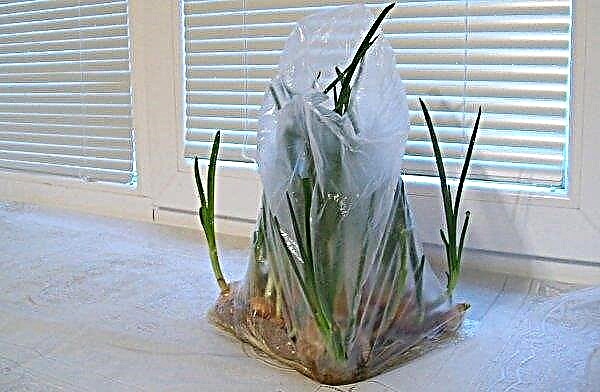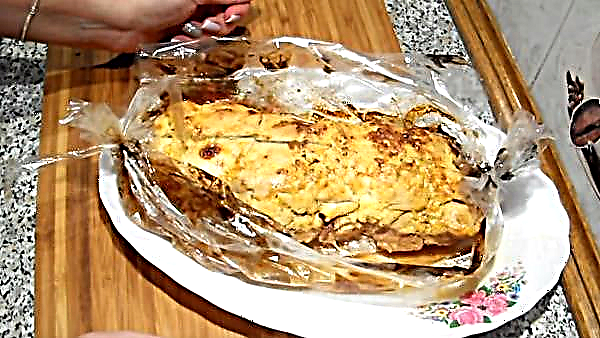The maintenance and transportation of the bee colony requires suitable equipment. The box should have the appropriate "amenities" for placing insects and frames with honeycombs.
What should be the box for transporting bees
The main properties of the house for bees - it should be convenient for insects and transportable, so exquisite designs are not suitable here. The design of the boxes can be created independently according to the size of the frames, their estimated number and possibilities for transportation to another habitat. Beekeepers prefer a cubic shape that fits well in a body or trailer without taking up too much space.
Important! For a swarming family, you should not use the old box, it is better and cheaper to assemble a new and clean one with your own hands.
When designing, it is necessary to provide for such nuances:
- body - single or for two families, the number of summers and ramonos;
- roof - the wooden top is covered with waterproof material (film, tin, roofing material, etc.);
- bottom - It is better to do removable with access for cleaning.

DIY box making
Independent manufacture of boxes involves preparation - for this it is necessary to choose the design, materials, tools, place for installation. Usually bee packages of 4 frames (sizes 500 × 200 × 400 mm) or 6 frames (sizes 500 × 300 × 400 mm) are transported.
Drawings and Dimensions
The size of the box may vary depending on the number of bees in the family.
Did you know? During the day, the uterus is able to lay up to 2500 eggs, from which the larvae of new bees later hatch. If the uterus does not succeed, then the family replaces it with pre-prepared “princesses”.
With any design, the container for transporting bees should have the following elements:
- brood frames between which there are passages up to 2 cm wide;
- mounts for frames;
- openings for air access;
- feeders for a swarm.

Tools and materials
With all modern technologies, wood is superior to other materials, so in this case, the old-fashioned methods are suitable and will be suitable for many more years. The beekeeper’s box is built from soft tree species - linden, poplar and pine.
The rules for selecting wood are:
- smooth, dry and strong boards;
- knots are allowed, but away from the edge of the box or frame 15 cm in height and 45 cm in length;
- the width of the board should be 5 cm greater than the width of the future hive;
- blanks should have a small margin for stripping - at least 0.5–1 cm.
In addition to natural materials, you can use artificial ones - polystyrene foam, polystyrene, polyurethane. Such materials are more reliable and more resistant to external irritants, but cannot fully replace natural wood for insects. However, they can have an annoying insect odor.
Important! The house should not be painted red, as it is difficult to determine by bees. It is better to paint it in blue, green, yellow. If several families are transported in a house, then planks with tap-holes should be painted with different colors.
Tools and supplies will come in handy as follows:
- ax;
- drill;
- plane;
- wood hacksaw;
- chisel;
- hammer;
- nails (medium);
- glue (liquid nails or PVA);
- fine sandpaper;
- acrylic paint.

Manufacturing instruction
Any type of boxes for transporting bee frames must be rebuilt based on universal sizes, using the following technology:
- the distance between the walls of two adjacent frames should not be more than 37.5 mm;
- the streets have a width of at least 12.5 mm and a honeycomb width of 25 mm;
- the distance between the frames and the front and rear walls of the house should not be more than 7.5 mm;
- the distance from the bottom to the lower edges of the frames should not exceed 20 mm.
For the manufacture of the box, 3-4 cm thick boards are used, dry and even. In the boards, grooves are made in a checkerboard pattern to combine the design of the bottom and walls. The joints of the grooves must be glued with liquid nails or with thick PVA glue. Thus, five shields are made - four walls and a bottom. After joining the structural elements, you can paint the house with acrylic paint - so it will last longer.
Did you know? The process of fertilization of the queen bee ends with the death of drones, which upon contact leave a sting in it. Their germ cells last for nine months of fertilization.
This is done with a roller or brushes. It is necessary to allow the structure to dry well. Then they make a roof - from the boards with a thickness of 15 mm they collect and paint the roof liner, which is covered with tin or roofing material. After the ramonos is assembled, guide grooves are made in the walls along which the frames will fall. Their cross-section should be small - 1 by 2 cm, and the edges for the smooth running of the frame are treated with fine-grained emery paper.
Arrangement of a box for carrying bees
The finished case for the future drawer requires internal decoration and refinement - it is necessary to make a notch, ventilation holes, feeder, grooves for installing frames, etc. This is done with a drill after preliminary marking.
Feeder
When transporting bees, it is necessary to feed the bees, since at these moments their ability to self-feed is limited. The most popular over-frame feeder, which is installed on top of the frames and allows insects to enter it through the slots in the bottom. In the upper part there is a hole through which it is convenient to pour the syrup.
The size of the feeder can be very different - it all depends on the number of frames and the size of the drawer. It is placed under the lid and is in the zone of activity of the bees. At any time, the structure can be removed or food can be added through pre-arranged holes.
Vents
The issue of ventilation is very important - one cannot allow a decrease in the level of oxygen in the air inside the room.
For this, beekeepers go to different tricks:
- you can raise the roof a few millimeters, but for this you have to make a maze to protect against atmospheric phenomena;
- in multi-tiered designs increase the diameter of the tap hole;
- holes in the under-roof space are drilled 4-5 millimeters in diameter.
Important! When installing ventilation equipment, it must be remembered that grooves, crevices and openings can attract unwanted visitors to other people's honey. It can be wasps, bees of other species and even mice, so all ventilation openings should be minimal. If this is not possible, then they are protected by a fine mesh valve.
The space between the frames
The distance between the frames in the box for transportation is usually 7.5 mm for easy passage of insects. Smaller or larger gaps are filled with additional honeycombs or propolis, and, thus, the frames “merge”. In this case, it is necessary to cut the formation with honeycombs. Walkways guarantee free space and ease of movement for family members. Construction of the structure is a serious engineering and beekeeping task, when it is necessary to take into account many complex nuances in order to provide the bee family with comfortable living conditions. Before starting work, it is necessary to conduct theoretical training, select and purchase materials and tools. Only then can we start the planned work.
Construction of the structure is a serious engineering and beekeeping task, when it is necessary to take into account many complex nuances in order to provide the bee family with comfortable living conditions. Before starting work, it is necessary to conduct theoretical training, select and purchase materials and tools. Only then can we start the planned work.


